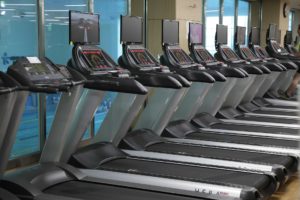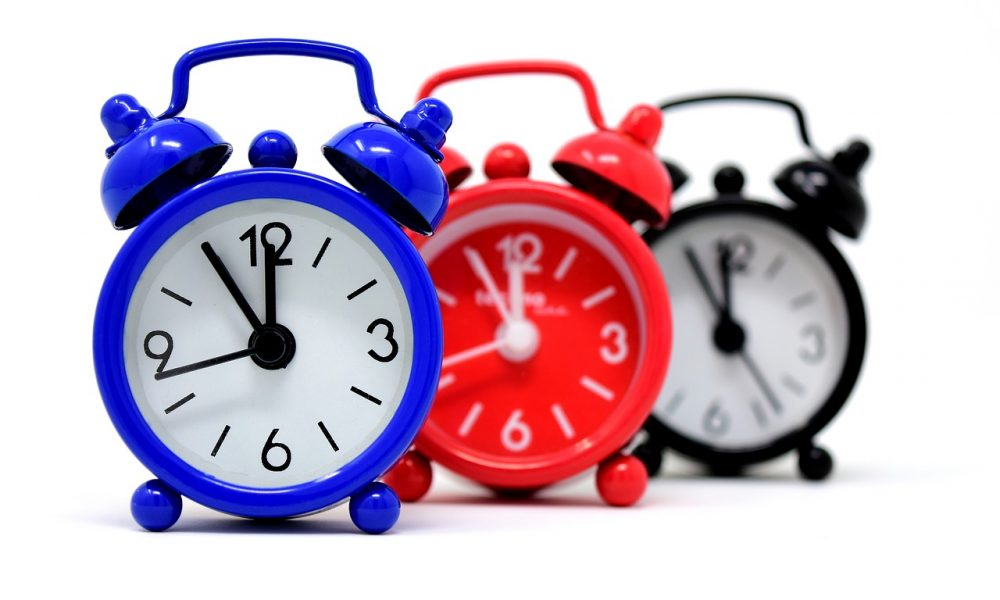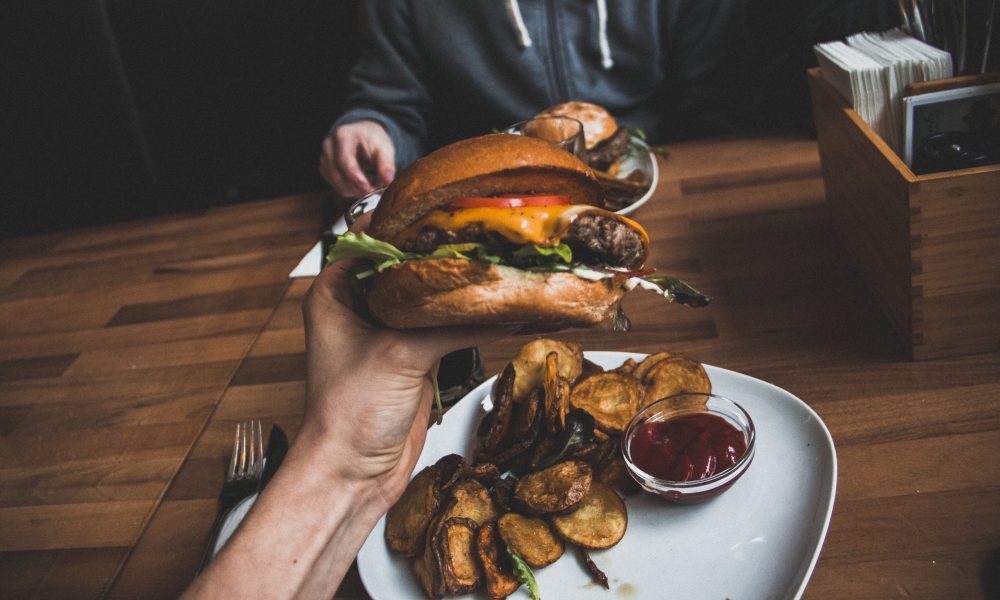
Does Cardio Kill Your Precious Gains?
There’s a stigma about cardio causing muscle loss that sends chilling fear down a meathead’s spine. Maybe you can relate and get a little frightened walking past a treadmill knowing that merely touching it could cause your precious biceps to shrink away.





